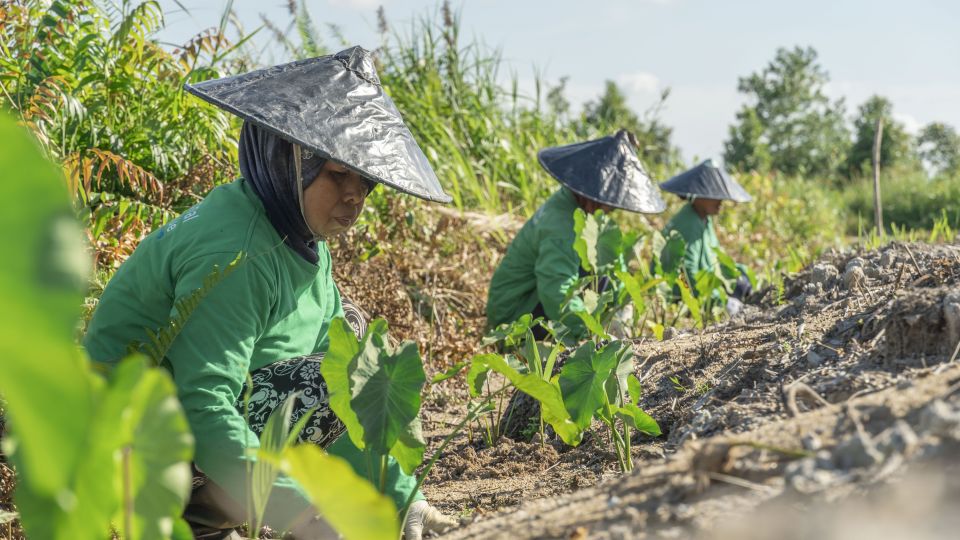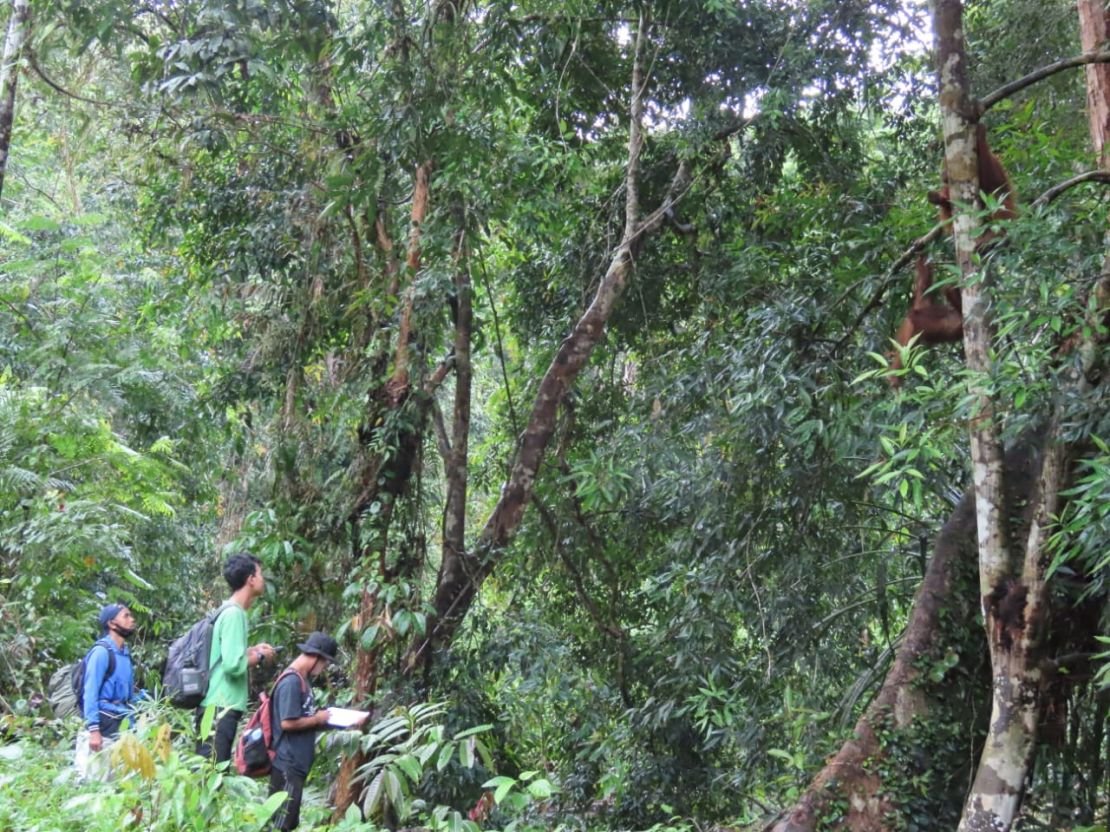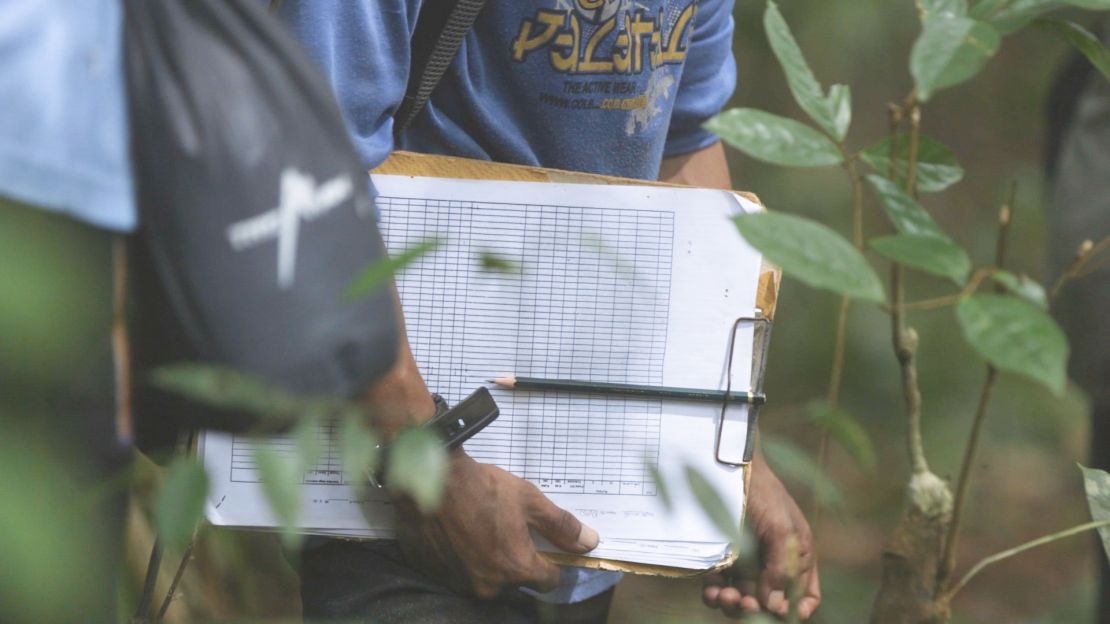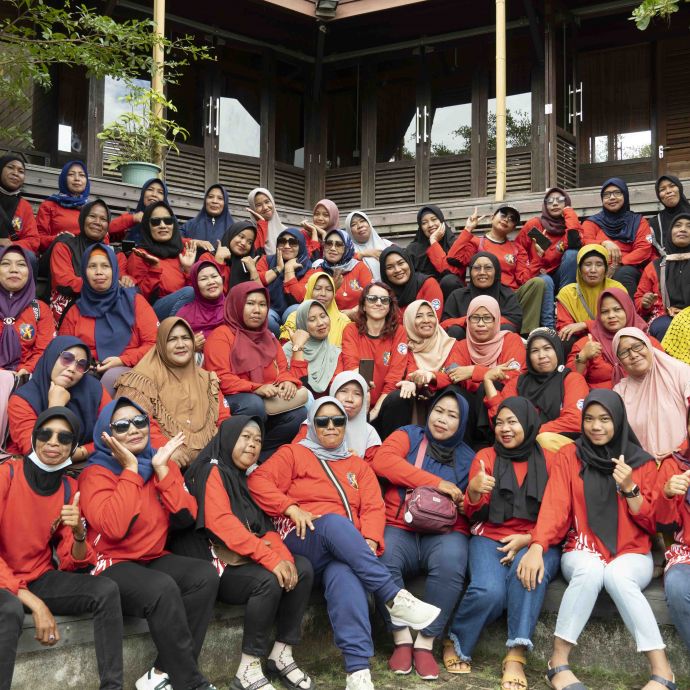


Environment
Intro
Rainforests are home to 50% of the world’s biodiversity and biodiversity is crucial to life on earth. Every living thing exists as part of a delicate ecosystem. All are highly dependent on each other and all are integral to the health of the rainforest, the people who live there, and its ability to cool our climate. Through our conservation strategy, IARconserves, we work on a wide range of projects designed to help conserve the rainforest.
Stats
Our Solutions
We work with local communities, organisations and government bodies to implement sustainable solutions to reduce deforestation, promote reforestation, and protect wildlife habitats. This helps to ensure that the forests remain intact and are managed in a way that benefits both the environment and the communities who depend on them.
-
Reforestation
Tree Planting
Our reforestation project plants trees in a number of areas, including areas that have been destroyed by fires or deforestation. Our extensive habitat protection work ensures that these trees are protected from threat once planted. Not only is this project a vital tool in the urgent fight against climate change, it is also a great way of involving the community in rainforest positive activities and employment opportunities. To date, we have planted more than 76,000 trees and hope to soon reach 100,000!

Mangrove Restoration
This is a small scale community-led project that is having a huge benefit to the local communities and massive environmental benefit. Mangroves are a group of trees and shrubs that live in the coastal intertidal zone. They are incredibly important and have a number of benefits including: stabilizing the coastline by reducing erosion caused by storm surges, currents, waves and tides, protecting water quality by removing nutrients and pollutants from stormwater runoff before they reach seagrass habitats and coral reefs, absorbing water during heavy rains and storm surge, reducing the chances of coastal flooding. They are also home to a number of wildlife species, playing a huge role in the protection of our biodiversity.
This project really takes our ‘tree planting’ offering to the next level - mangroves can be overlooked but are crucial.
-
Rainforest Protection
Research
Research and learning is at the core of our work - we are science-led and constantly look to data to help guide our decisions.
Camera Traps
We have camera traps in a number of different locations (both community and national parks - including our release sites). These camera traps help us to gain insight and knowledge into the species that are living in these areas. They also allow us to recognise and identify any trends. This is important because if we see a sudden rapid decline in a particular species, we can investigate as to why and then work to find solutions.
We recently acquired some arboreal camera traps which help us to gather more data and get a better overall understanding of forest life (and of course will help us more accurately monitor orangutan populations).
Wildlife Census
We have forest transects that are walked on a monthly basis to provide data on species and health of the forest. This data supports data collected and any assumptions made from camera trap data. We also carry out species specific transect walks to look for key species (such as Hornbills because they are hunted, and orangutan nests to monitor population numbers.) These are carried out every couple of years or as and when needed (ie. if illegal hunting is expected in a particular area).
Patrolling
Our community teams regularly carry out patrols to monitor and identify any evidence or incidence of illegal activities.

Phenological Studies
We are passionate about phenology and studying forest health, not just for our release sites but for the protection of all biodiversity. These extensive studies have allowed us to identify patterns and the impacts of events such as forest fires and climate change on the health of the forest. We can use this data and these learnings to predict how long it will take for forests to regenerate after significant events in addition to providing data to back up assumptions. Having a deep understanding of a forest phenology can help us look at the cycles of forest health to find the opportune times to carry out reintroductions/tree planting activities.








